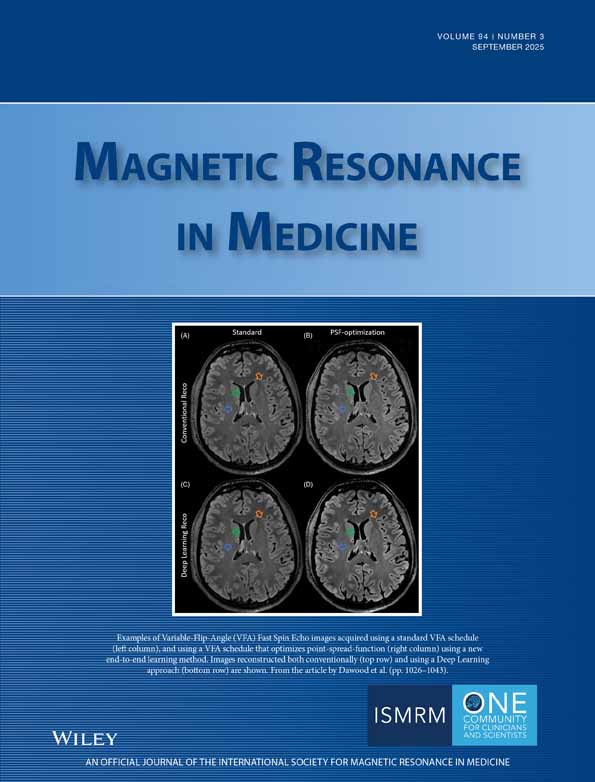Optimized interleaved whole-brain 3D double inversion recovery (DIR) sequence for imaging the neocortex
Abstract
For a substantial number of individuals with neurological disorders, a conventional MRI scan does not reveal any obvious etiology; however, it is believed that abnormalities in the neocortical gray matter (GM) underlie many of these disorders. Attempts to image the neocortex are hindered by its thin, convoluted structure, and the partial volume (PV) effect. Therefore, we developed a 3D version of the double inversion recovery (DIR) sequence that incorporates an optimized interleaved (OIL) strategy to improve efficiency and allow high-quality, high-resolution imaging of GM. Magn Reson Med 51:1181–1186, 2004. © 2004 Wiley-Liss, Inc.




